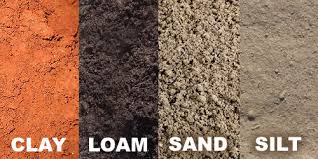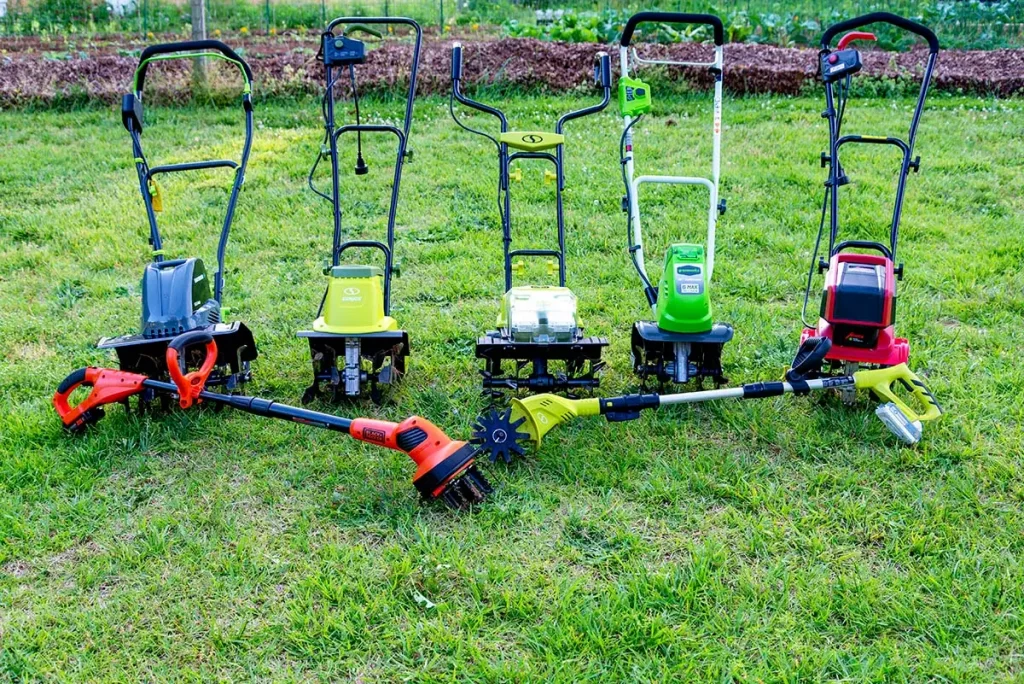When it comes to effective land preparation, rotary tillers are one of the most powerful tools in a farmer’s arsenal. But many buyers make a costly mistake: they choose a tiller based on size or brand, without considering whether it’s right for their soil type.
Different soils behave differently under pressure. Clay compacts. Sand scatters. Silt smothers. And loam, well—loam behaves beautifully, but only if managed properly. The wrong tiller can lead to uneven tillage, equipment strain, and even long-term soil degradation.
So if you’ve been searching on Google for:“Best tiller for clay soil”、“Which rotary tiller suits sandy soil?”、“Tiller vs plow for hardpan soil”.then you’re in the right place.This comprehensive guide will walk you through:How to identify your soil type、How each soil type affects tillage、What tiller features matter most、How to match horsepower, blade direction, and build quality to your condition、Smart buyer tips for choosing the best rotary tiller for your farm..
Contents
Step 1: Identify Your Soil Type
Before buying any rotary tiller, take a few minutes to understand what kind of soil you’re working with. Here’s a breakdown of the most common soil types and how they behave during tilling.
1. Clay Soil
Texture: Dense, sticky, poor drainage
Tilling Difficulty: Very high—compacts easily when wet, hardens like rock when dry
Tiller Requirements: High horsepower, heavy-duty frame, counter-rotating tines for aggressive breakup
Tip: Never till clay when it’s too wet—it creates clods and damages soil structure
2. Sandy Soil
Texture: Loose, gritty, quick-draining
Tilling Difficulty: Easy to moderate—fast to till, but prone to over-pulverization
Tiller Requirements: Medium horsepower, wider width for efficient coverage
Tip: Use forward-rotating tines and shallow depth settings to avoid soil drying
3. Loamy Soil
Texture: Balanced mix of sand, silt, and clay
Tilling Difficulty: Low—ideal for most crops and machinery
Tiller Requirements: Standard tillers work well; focus on build quality and adjustability
Tip: Choose a tiller with variable depth for seasonal flexibility
4. Silty Soil
Texture: Smooth, fertile, retains water but compacts under pressure
Tilling Difficulty: Moderate—prone to surface crusting and compaction
Tiller Requirements: Tines that lift and aerate rather than mash
Tip: Avoid deep tilling—use multiple shallow passes if needed

Step 2: Understand Tiller Types and Features
Once you know your soil type, it’s time to match it with the right tiller specs. Here are the key features to evaluate:
1. Tine Rotation Direction
| Type | Description | Best For |
| Forward-Rotating | Tines rotate in the same direction as wheels | Light/medium soils (sandy, loamy) |
| Counter-Rotating | Tines rotate opposite to wheels | Harder soils (clay, compacted areas) |
✅ Pro Tip: Counter-rotating tines dig deeper but require more power.
2. Tilling Width and Depth
Width: Choose based on your tractor or field size. A wider tiller reduces passes but may require more HP.
Depth: Ideal range is 4–6 inches for most soil types. Go deeper only when breaking new ground.
| Farm Size | Recommended Width |
| Small garden / micro farm | 36″–48″ |
| 1–3 acres | 48″–66″ |
| 5+ acres | 72″+ |
3. Matching Horsepower to Soil and Tiller
More power = better performance in heavy soils, but don’t overspend if you don’t need to.
| Soil Type | Minimum PTO HP Required (per 1ft width) |
| Sandy | 5–6 HP |
| Loamy | 6–7 HP |
| Clay | 7–10+ HP |
✅ Example: For a 5-ft rotary tiller in clay soil, you’d want at least 35–50 PTO HP.
4. Construction Quality and Maintenance
Look for:
Reinforced gearboxes
Thick steel frames (min. 5mm)
Replaceable blades
Accessible grease points
Investing in durable materials saves long-term maintenance and improves working lifespan—especially in abrasive soils like sand.

Step 3: Match Rotary Tiller to Your Use Case
Use Case: Smallholder or Hobby Farm (Sandy / Loamy Soil)
Tiller Type: Forward-rotating
Width: 36″–54″
PTO HP: 20–30 HP
Key Features: Easy to maneuver, depth adjustable, low maintenance
Use Case: Commercial Farm with Clay Soil
Tiller Type: Counter-rotating, heavy-duty blades
Width: 60″–90″
PTO HP: 40–75 HP
Key Features: Deep tillage, gear-driven, stone deflector plate
Use Case: Mixed Soil / Crop Rotation Farm
Tiller Type: Dual-speed gearbox, reversible tines
Width: 60″–80″
PTO HP: 35–60 HP
Key Features: Quick switch between shallow and deep tilling, adaptable
Popular Google Search Trends and Buyer Pain Points
Most-Searched Tiller Questions (2024–2025):
“Best tiller for rocky soil?”
“Tiller size for compact tractor?”
“How deep should I till before planting corn?”
“Forward or counter-rotating tines?”
Common Pain Points:
| Problem | Solution |
| Overheating gearbox | Choose models with oil-cooled or air-ventilated gearboxes |
| Poor depth control | Look for adjustable skid shoes or hydraulic depth control |
| Uneven tillage lines | Use side deflectors and levelers to distribute soil evenly |
| Blade clogging in wet clay | Opt for open-frame tillers with self-cleaning designs |
✅ Bonus Tips Before You Buy
Test Before Purchase: If possible, test the tiller on your actual field soil.
Don’t Underpower: Choose a tiller that your tractor can comfortably power.
Check Blade Count: More blades per flange = finer soil crumble.
Seasonal Use Planning: Some tillers perform differently in dry vs. moist conditions.
Conclusion: A Smarter Way to Tiller Investment
Choosing the right rotary tiller isn’t just about specs—it’s about how well the machine works with your soil, not against it.
By carefully analyzing your soil type, matching tiller design to your land’s needs, and understanding power requirements, you can maximize productivity, minimize damage, and boost your crop yields.
At MINNUO, we help global farmers match the right tiller to their land. Whether you need a compact model for your backyard farm or a heavy-duty machine for clay-rich plantations, our expert advisors can guide you through:Soil-specific machine recommendations,Tractor-to-tiller matching,After-sales support and spare parts,Flexible export solutions for Africa, South America, and Southeast Asia,Contact us to request a quote or explore our full range of rotary tillers.

